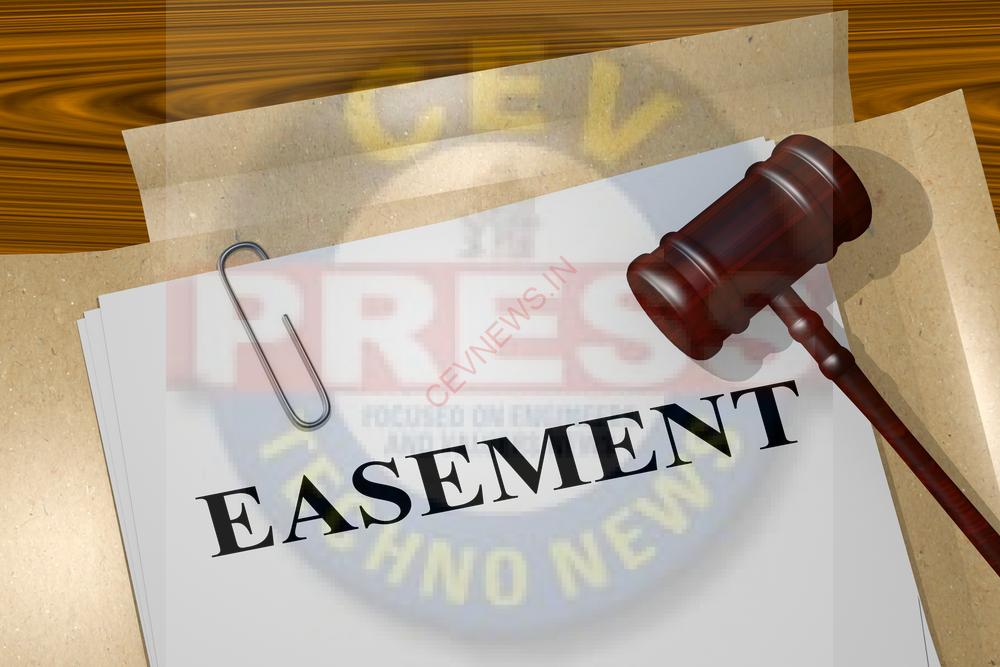An easement is an agreement between two parties, where one is granted land access in exchange for a fee. An easement, or easement agreement, is a real estate concept that defines a scenario in which one party uses the property of another party, where a fee is paid to the owner of the property in return for the right of easement. Easements are often purchased by public utility companies for the right to erect telephone poles or run pipes either above or beneath private property. However, while fees are paid to the property owner, easements can negatively affect property values in that unsightly power lines, for example, can lower the visual appeal of a piece of land. A private easement agreement is a deal between two parties that gives one the right to use a piece of the other’s property for their personal needs.
Easement Works
They are used to define a high-level arrangement between a property’s owner and another party—whether an individual or an organisation. A traditional easement arrangement specifies a form of payment by the complainant to the owner for the right to use the subject matter of easement for a particular reason.
Because an easement is exclusive to the arrangement between the two parties concerned, easement agreements are formulated in such a manner that the property’s precise use is clearly defined so that the property owner is granted a termination of easement.
These arrangements are often converted into a land sale, so it is important for prospective buyers to know if any easements are being assessed on the house.
Different Types of Easements:
Different states may recognize several different types of easements, depending on that state’s specific real property laws. In general, there are three different types of easements:
- Easement by Prescription: This type of easement is also known as a prescriptive easement. It is an implied easement gained under adverse possession. Meaning, someone other than the property’s original owner gains use or ownership rights to that property.
- As long as a person has actually used the land or property openly and continuously for a specified amount of time, without the permission of the owner, they can establish a prescriptive easement. You may have a prescriptive easement if you routinely use a portion of someone else’s property;
- Easement by Necessity: This type of easement is typically created by the law, not by a specific promise or agreement between neighbors. The law implies the easement’s existence to achieve just results.
- An example of easement by necessity would be a parcel of land that is landlocked. Landlocked land is land that cannot be accessed except by traveling over other property. As such, the law creates an easement by necessity to allow the landlocked owner access to their own property by way of the other landowner’s property; and
- Negative Easement: A negative easement creates an obligation or a restriction to where the property’s owner cannot use their own property in a particular way, that would otherwise be legal to do so. Negative easements are generally treated as restrictive covenants.
- An example of this would be if a new condo were being built, and the owners of an existing condo building do not want their ocean view blocked by the new building. A negative easement may address this concern.

